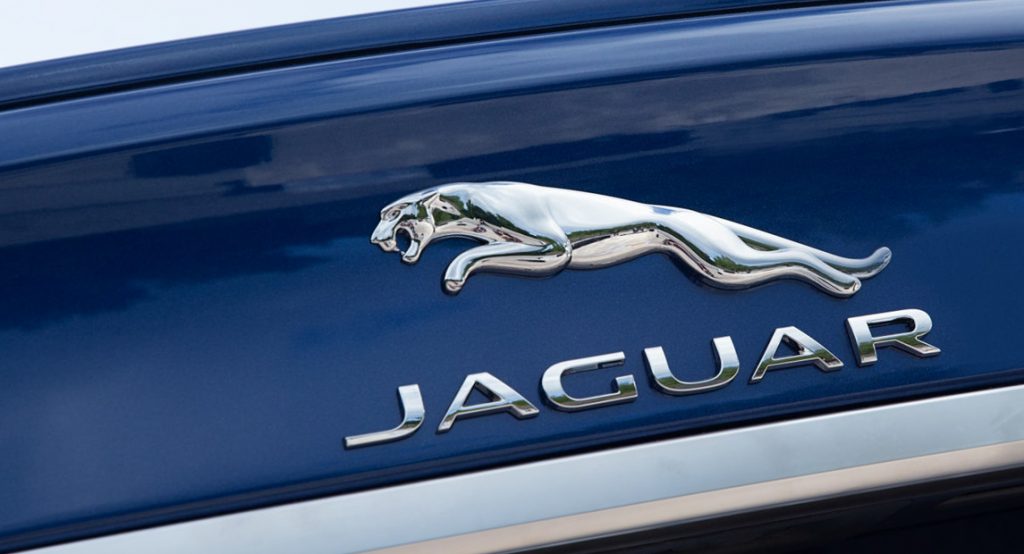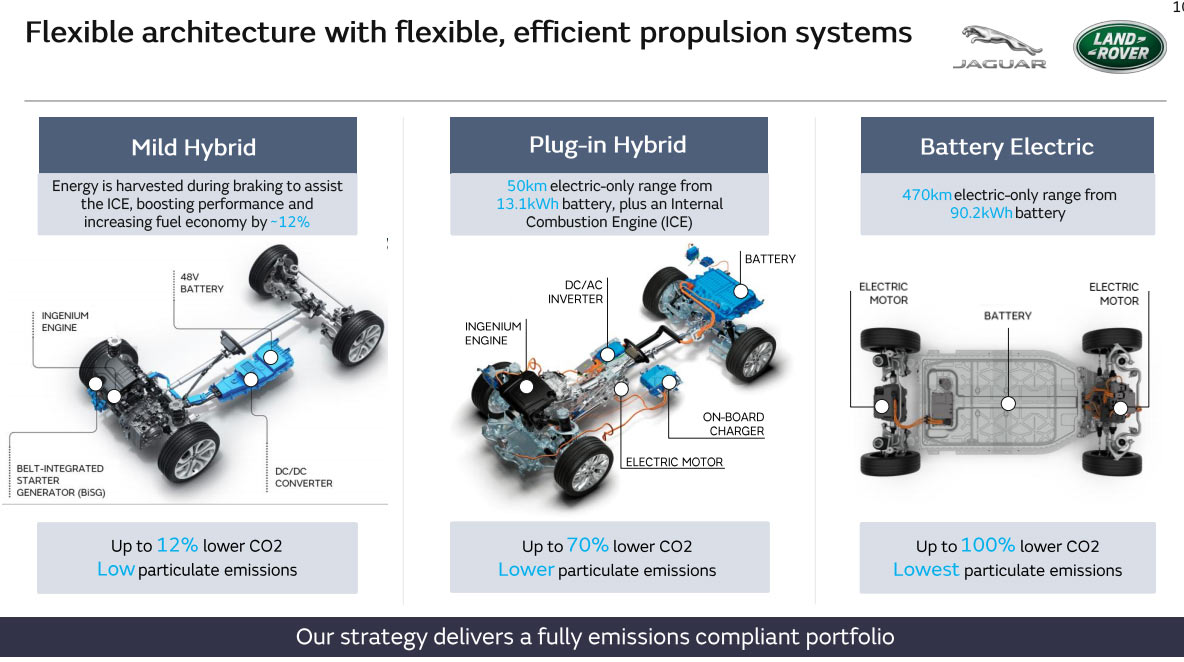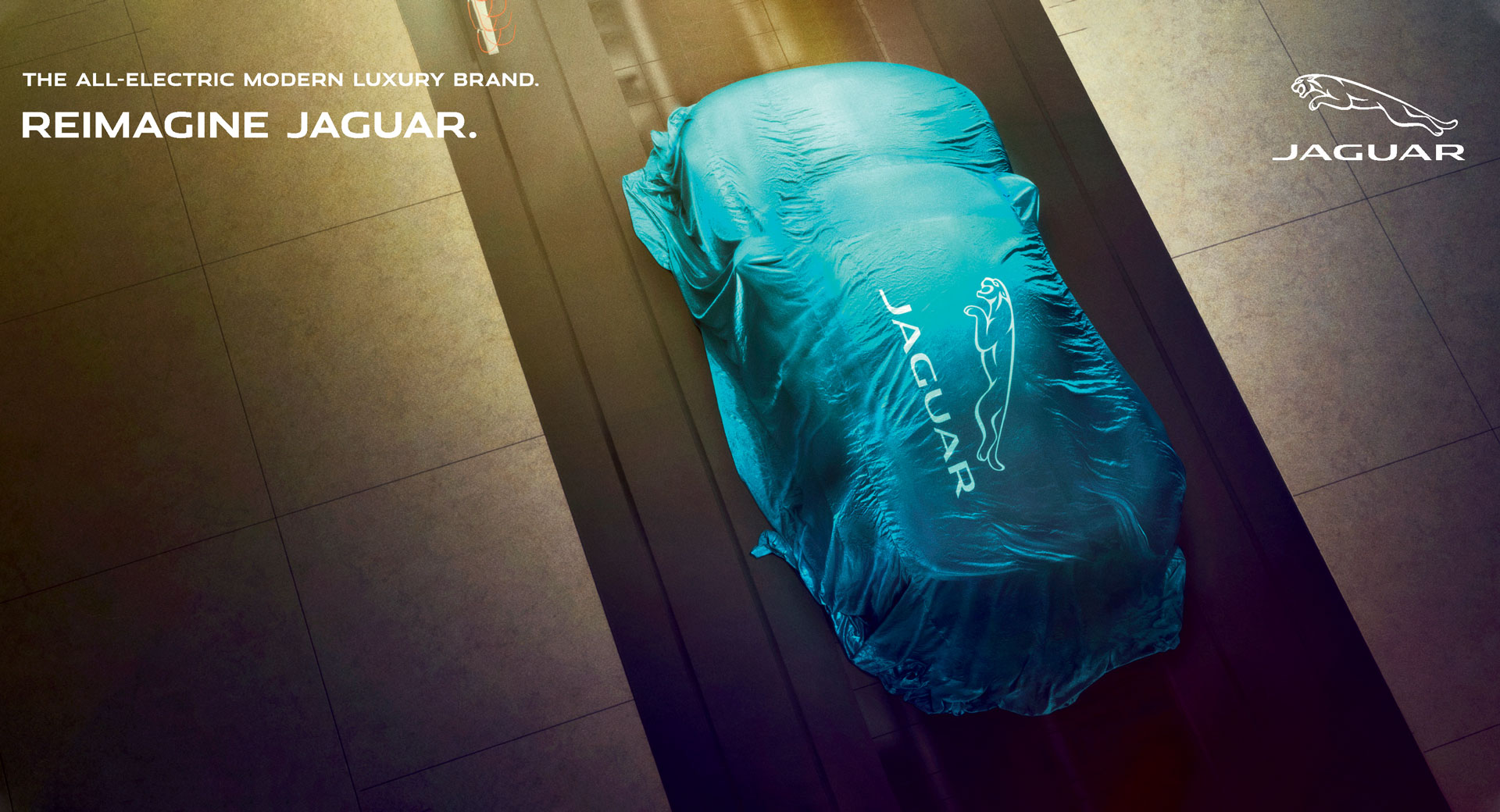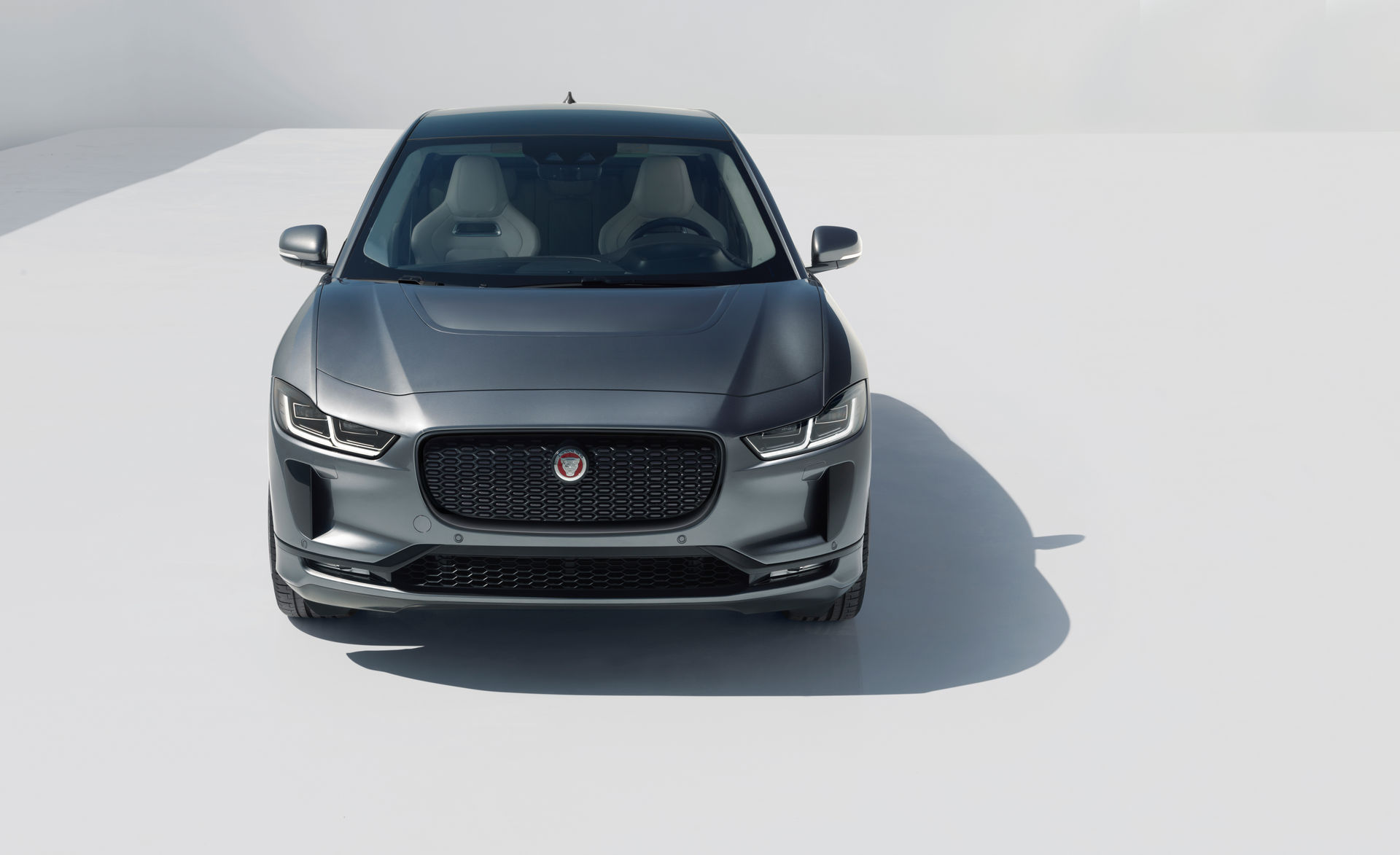Last month, Jaguar made the shocking revelation that not only would their entire product portfolio be battery-electric by 2025, but they had also killed-off the all-new XJ electric sedan.
The “Reimagination” plan for Jaguar would also see the death of the J-Pace, a three-row SUV that was to be built alongside the XJ.
Killing EVs
For a company to make such sweeping changes to their line-up while abandoning an almost-production-ready model was a move many saw as unprecedented. The calm before the storm may be clichéd, but the bombshell came after months of quiet from the new JLR CEO, Thierry Bolloré.
The Frenchman, who assumed his role at JLR after time as head of Renault, is a straight talker. He recently acknowledged that JLR’s reliability woes were a concern that may have cost the firm over 100,000 sales.
Read: JLR’s EV Plan For Jaguar Could Make Or Break The Automaker
Telling the world that the EV XJ was dead, at the same time as announcing that the Jaguar brand would become all-electric by 2025, may have seemed odd. But the justification was that the new XJ was underwhelming, indicating that it would have been a dud in light of the competition.
With cars like the Audi e-tron GT already launched and the new Mercedes’ EQS with its all-expansive hyperscreen around the corner, the XJ would have had to be top of its game. The reality was far from it. Automotive News Europe reported that JLR Chief Financial Officer, Adrian Mardell said that “[The XJ] will not be ahead of the tech curve. It wouldn’t have that modern luxury, that future Jaguar vision, that drop-dead aspiration that we need to make this brand work.”
Jaguar was right to kill-off the XJ. Had it ever seen production but had the range and specs of, say, the I-Pace, the damage could have been far more significant than the $1.4 billion that was written off from development costs.
All EV by 2025? Tough Ask
Yet, despite all these shocking revelations, we’re yet to see a clear path forward for the British marque. To have a range of all-electric cars in four years, with no apparent development strategy, is ambitious at best. Along with the XJ’s death was foreclosure on their MLA platform. The basis that all Jaguars were supposed to be built from has been thrown out with the bathwater.
Replacing the MLA architecture will be a new pure BEV platform. Except, it doesn’t exist yet. And Jaguar won’t build one from scratch if they can help it, as it is a costly exercise for a brand that looks to scale back production from the not-so-heady heights of 103,000 units last year.
See Also: Jaguar Land Rover CEO Admits Reliability Issues Have Cost The Company 100,000 Sales Per Year
Instead, Jaguar will have to use an existing platform from another manufacturer, as confirmed by Bolloré on an investor call. Platform sharing is nothing new in the automotive industry, but it is new for JLR. The brand is talking “with a selection of actors” about using an existing EV platform according to Automotive News Europe. And yet, even with no clear contingency plan in place, Jaguar will be picky about who they team up with: “[the platform] has to respect the proportion of the designs,” says Bolloré.
Time Is Ticking For Profitability
The clock is ticking for Jaguar to finalize a proper plan of attack. The entire range, bar perhaps the I-Pace, is starting to look long in the tooth. While it’s clear that the dropping of the XJ and J-Pace are all part of a broader plan, one which aims to reposition Jaguar as a lower-volume car maker, Jaguar will also be moving away from SUVs. It’s a reversal since the introduction of the F-Pace. Instead, they’ll leave the off-roaders to Land Rover. With this new direction, it must be asked, is this the way to the double-digit profitability they seek?
See: Jaguar Is Unsure If Its Electric Future Will Include Sports Cars
Almost every premium carmaker has recognized the importance of adding an SUV to help bolster their bottom-line. From Aston Martin to Lamborghini, and soon Ferrari, high-riding off-road capable(ish) cars are what consumers want. And while auto journalists such as myself shake our heads at the ever-increasing number of crossovers and soft-roaders in company line-ups, even I can understand the business proposition.
Using an existing base will undoubtedly save on lead time, perhaps making it possible to hit the target of 2025. But if Jaguar decided that nothing fits its design ambitions, they will be forced to build their own platform from scratch — which is odd considering they presumably could have built on or improved the existing framework of the MLA. And where would a ground-up engineered platform fit into their timeline?
An Ulterior Motive?
While I dearly hope that Jaguar can land on their feet, the more I hear from the British firm, the less hopeful I am. Suppose executives are aiming to reposition Jag as a low-volume Bentley-style manufacturer. In that case, they neither have the VW Group’s platform-sharing ability (unless some deal is reached) nor the clout of a badge that hasn’t been devalued by multiple missteps.
Moving perception away from the existing portfolio of more mass-market, albeit premium, SUVs and sedans such as the E-Pace, XE, and XF will take more than a concerted marketing campaign and a few years of new product development. Perhaps 2035 would have been a more realistic target for a full-on transition. Inevitably, the phrase “too little, too late” springs to mind.
Could this be a last-ditch attempt to salvage the brand? Or are these headlines rather a repositioning of the marque, readying it to fit in nicely with the line-up from another conglomerate? After all, an all-EV Jaguar will likely be more appealing than the current line-up. Time will tell.








